planning DIY soaker hose system
Marie Tulin
12 years ago
Related Stories

GARDENING GUIDESHow to Install a Drip Irrigation System
Save time and water with a drip watering system in your vegetable garden — a little patience now will pay off later
Full Story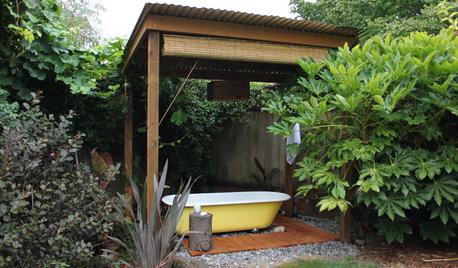
GARDENING AND LANDSCAPINGWhy Is There a Bathtub in the Backyard?
Nope, it's not waiting for bulk trash pickup. These days outdoor tubs are serving soakers, beer drinkers and even the fishes
Full Story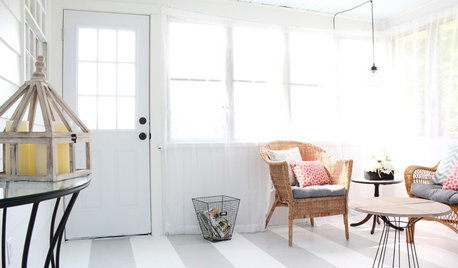
DECORATING GUIDES5 DIY Decorating Projects Perfect for the Holiday Weekend
Spend that free day making something new and creative for your home, to admire long after the weekend is over
Full Story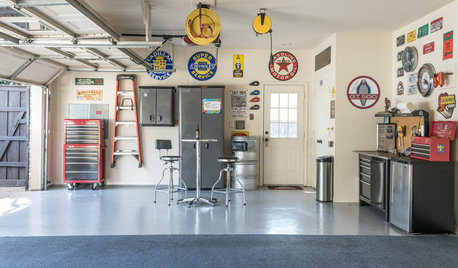
HOUSEKEEPING7-Day Plan: Get a Spotless, Beautifully Organized Garage
Stop fearing that dirty dumping ground and start using it as the streamlined garage you’ve been wanting
Full Story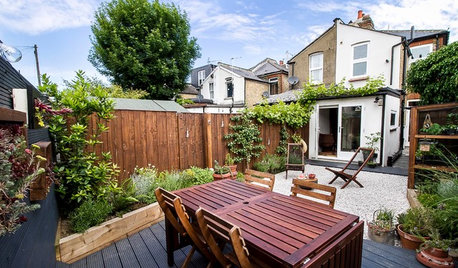
GARDENING GUIDESHow to Plan Your Edible Garden
Get organized before you plant to ensure that your fruits and vegetables have a chance to thrive
Full Story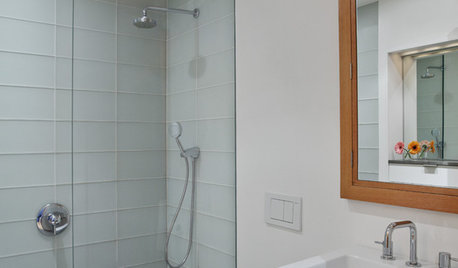
BATHROOM DESIGNConvert Your Tub Space to a Shower — the Planning Phase
Step 1 in swapping your tub for a sleek new shower: Get all the remodel details down on paper
Full Story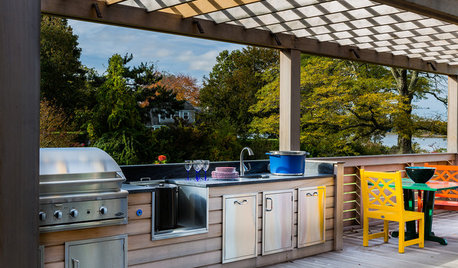
OUTDOOR KITCHENSHow to Cook Up Plans for a Deluxe Outdoor Kitchen
Here’s what to think about when designing your ultimate alfresco culinary space
Full Story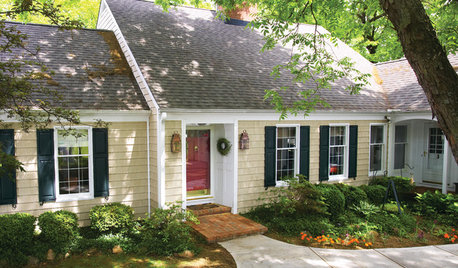
HOUSEKEEPINGHow to Wash Your House
Avoid damage to siding and plants while getting your home's exterior shining clean, with this guide to using pressure washers and hoses
Full Story
GREEN BUILDINGWater Sense for Big Savings
Keep dollars in your pocket and preserve a precious resource with these easy DIY strategies
Full Story
HOUZZ TVHouzz TV: How to Install a Rain Barrel
This DIY tutorial shows how easy it can be to capture rainwater from your roof to use in your garden later
Full Story







lehua49
tn_gardening
Related Professionals
Ashburn Landscape Architects & Landscape Designers · Beavercreek Landscape Architects & Landscape Designers · Bethlehem Landscape Contractors · Billerica Landscape Contractors · Brockton Landscape Contractors · Chattanooga Landscape Contractors · College Park Landscape Contractors · Cordele Landscape Contractors · Lady Lake Landscape Contractors · Mason Landscape Contractors · North Lauderdale Landscape Contractors · Wallingford Landscape Contractors · Chatsworth Solar Energy Systems · Lynn Solar Energy Systems · Roselle Park Solar Energy SystemsMarie TulinOriginal Author
lehua49
Marie TulinOriginal Author
tn_gardening
Marie TulinOriginal Author
lehua49
Marie TulinOriginal Author
lehua49
Marie TulinOriginal Author
lehua49
Marie TulinOriginal Author
lehua49
Marie TulinOriginal Author